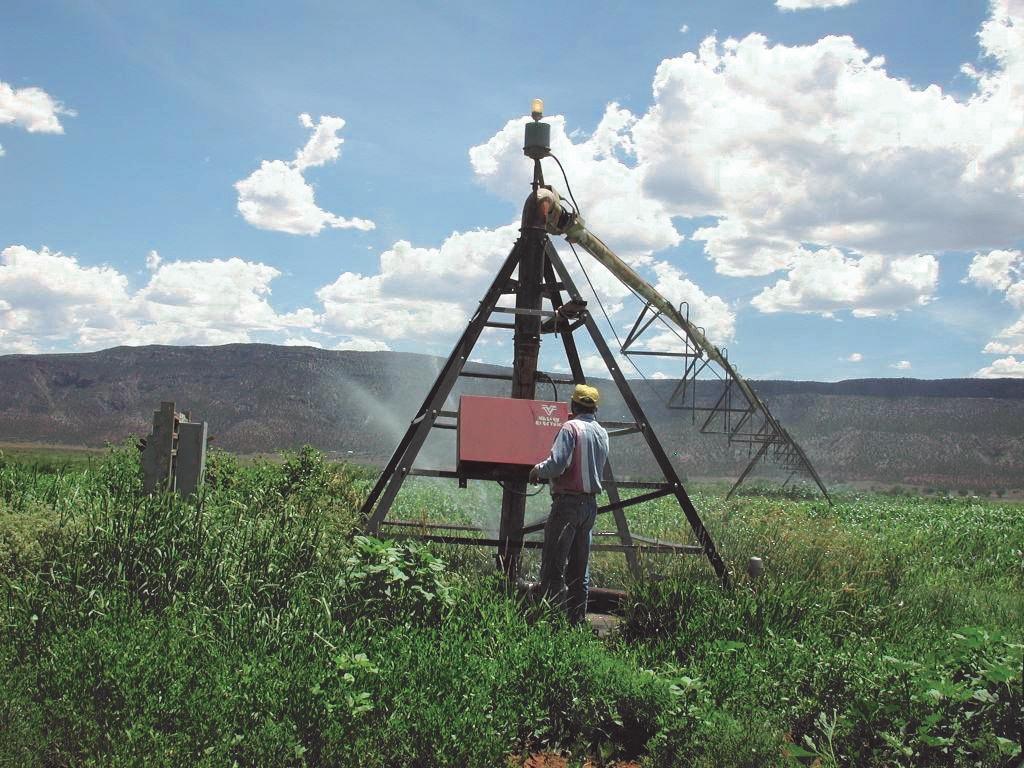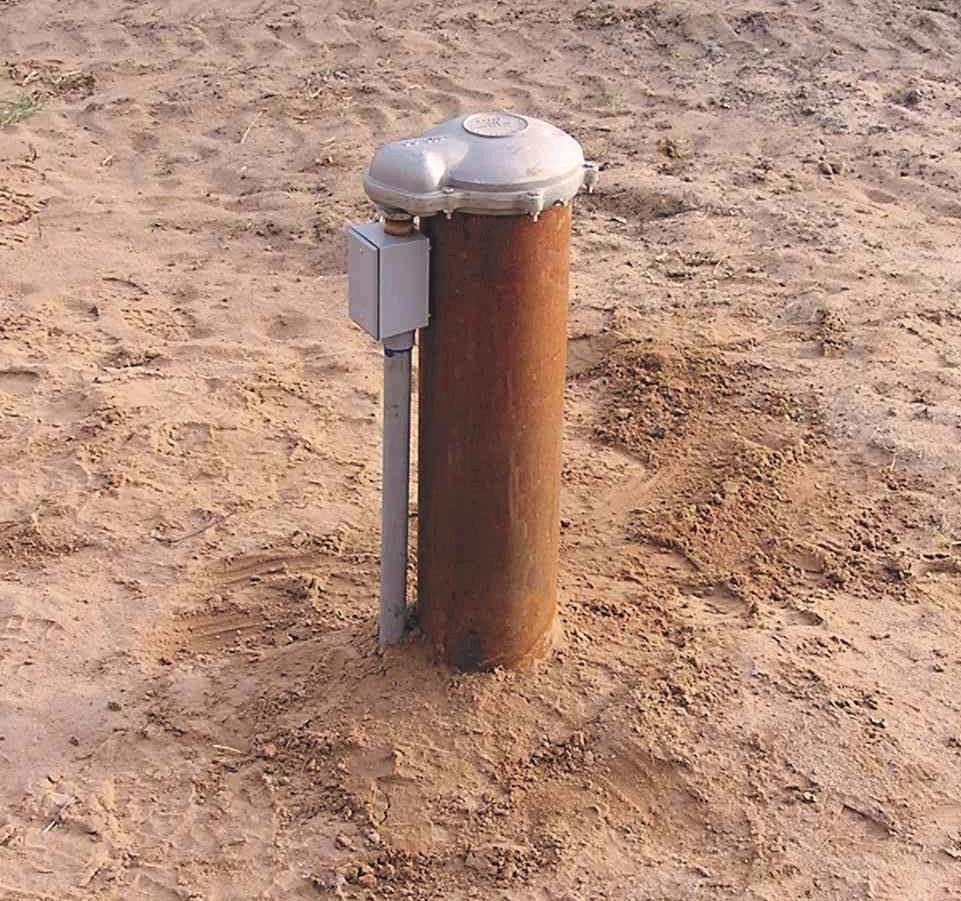STATE OF COLORADO DEPARTMENT OF NATURAL RESOURCES DIVISION OF WATER RESOURCES
GUIDE TO COLORADO WELL PERMITS, WATER RIGHTS, AND WATER ADMINISTRATION September 2012
Also known as the State Engineer's Office, the Contents What Type of Well Permit Can I Get?
2
Obtain a Well Permit Within a Designated Basin
5
Are Your Well Permits Still Valid?
8
Residential Wells and Subdivisions
8
Purchasing Property With a Well or Water Rights
9
Well is Within 600 Feet of an Existing Well
11
What is an Augmentation Plan?
12
What Can I Do With That Spring on My Property?
13
Can I Build a Fishpond?
14
Water Rights in Colorado
15
How Do I Obtain a Water Right?
15
Glossary of Terms
16
Contact Information
19
Colorado Division of Water Resources issues water well permits, administers water rights, monitors stream flow and water use, inspects dams for safety, maintains databases of Colorado water information, and represents Colorado in interstate water compact proceedings. The Division of Water Resources strives to be a leader in the water community of Colorado and the western United States. This is accomplished by focusing on the following areas: people, water and stewardship. People, because we recognize that the business of water involves our employees and the public. Water, because the administration, safety and use of Colorado’s water resources is something to which we are committed and about which we care deeply. Stewardship, because we understand and accept our obligation to the taxpayers and ourselves, in using and protecting the resources in the most effective manner possible.
Lake Hope in the San Miguel River Basin
What does the Division of Water Resources do? For over 125 years, Colorado has used a system of water allocation known as the prior appr opr iatio n d octrine. Under this doctrine, the first appropriator of water has a senior right to that water, and that right must be satisfied before any subsequent rights junior to that right can receive water. The Division of Water Resources is empowered to administer all surface and ground water rights throughout the state and ensure that this doctrine is enforced.
Obviously, the State Engineer does not carry out the day-to-day administration of all of these water rights. Most of that work is accomplished through the field offices, known as the Division Engineer’s Offices. The seven division offices are located throughout the state in each major river basin. The division offices, in turn, employ water commissioners who are actually out in the field allocating water, issuing shut-down orders, collect-
ing water use and/or diversion data, and enforcing the decrees and water laws of the State of Colorado. While water administration and enforcement is a major duty of the State Engineer, a host of other duties are under his responsibility. Ground water well permitting is one of those duties. By law, every new well in the state that diverts ground water must have a well permit. In order to obtain a permit, a
Dick Wolfe, Director , State Engineer Mike King, Executive Director, DNR John Hickenlooper, Governor




